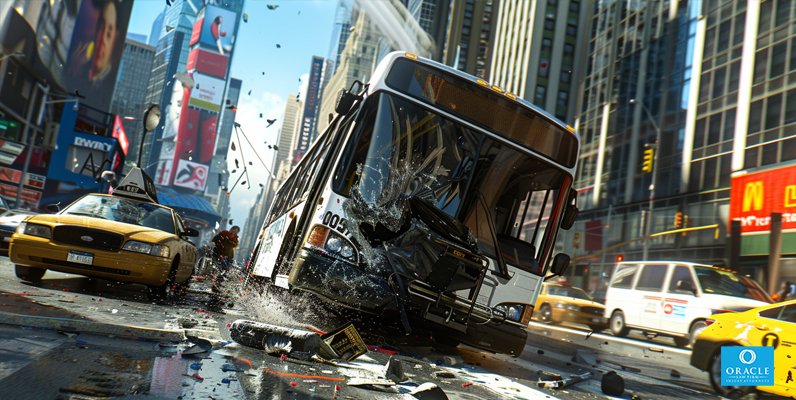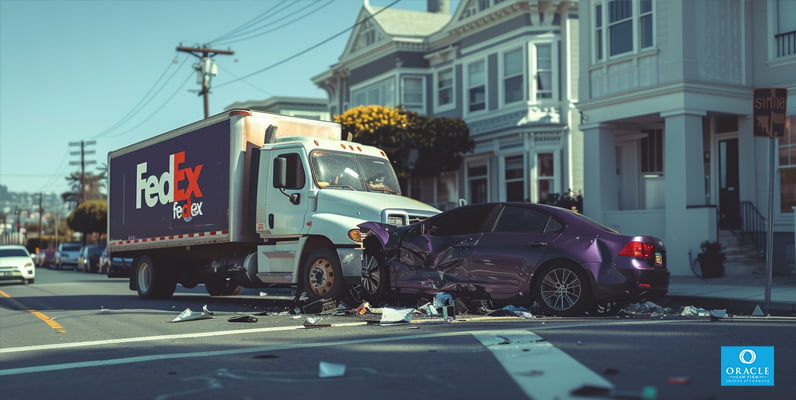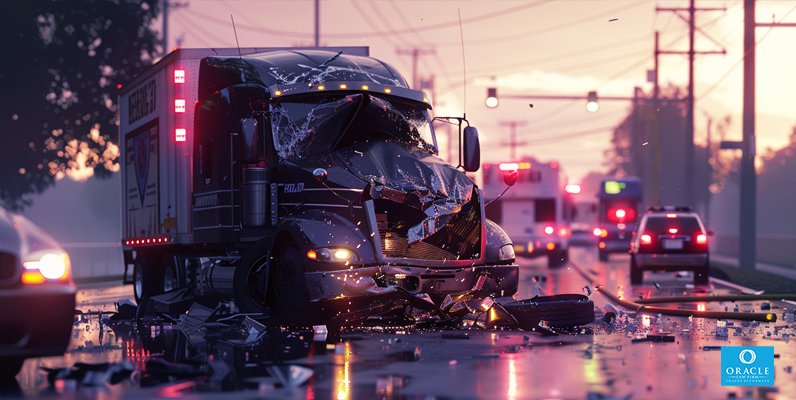Did you know that the dangerous habit of running red lights is one of the most dangerous traffic violations, leading to numerous accidents, injuries, and fatalities each year? It’s time to learn about this hazardous behavior and how we can work together to break the cycle, making our roads safer for everyone.
Key Takeaways
- Running red lights poses a significant risk of collision, physical harm and even death.
- Traffic signals including red light cameras and proper yellow light timing are essential for reducing the frequency of violations & preventing accidents.
- Drivers must stay alert and practice defensive driving to reduce the risk of running red lights & contribute to a safer driving environment.
Understanding the Risks of Running Red Lights
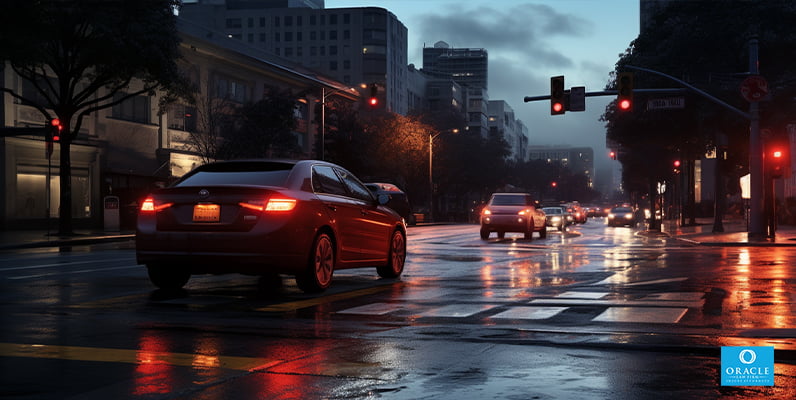
Running a red light is defined as entering an intersection after the signal has changed to red, which usually happens when drivers try to cross the intersection before the light turns green. This dangerous habit can have severe consequences, such as an elevated risk of collisions, physical harm, and even death, especially when drivers misjudge the yellow light length and fail to stop in time.
The risks associated with running red lights are not limited to the driver committing the violation. Pedestrians, bicyclists, and other road users are also at risk, as red light running accidents can result in serious injuries and fatalities. Oncoming cross traffic, in particular, is often caught off guard by red light runners, leading to devastating collisions. Grasping the dangers of running red lights and adopting preventive measures is vital for drivers.
Impact on Other Road Users
When a driver runs a red light, they not only endanger themselves but also put the lives of other road users at risk. Pedestrians, bicyclists, and other drivers have to react quickly to avoid being involved in a red light accident, which can lead to severe injuries or even death. In some cases, a car hits a pedestrian or a bicyclist who has the right of way, leaving them to suffer terrible harm due to the reckless actions of the red light runner.
The impact on other road users doesn’t end with the immediate danger of a collision. The actions of red light runners can lead to aggressive driving, as drivers worried about being hit by a car running a red light may become more unpredictable in their actions. This, in turn, can result in a chain reaction of dangerous driving behaviors, further compromising traffic safety and increasing the chances of accidents.
Factors Contributing to Red Light Running
Several factors contribute to red light running, such as:
- Impatience
- Misjudgment of the yellow light length
- Speeding
- Disregard for traffic laws
Many drivers who run red lights do so out of a sense of urgency, believing that they can save time by cutting through the intersection before the light turns red. Others may misjudge the yellow light length, failing to stop in time and running the red light as a result.
Speeding is another significant factor contributing to red light running. When drivers exceed the speed limit, they put themselves and others at risk; speeding puts drivers in a position where they may be unable to stop safely when the light changes. A disregard for traffic laws, such as drunk driving or distracted driving, can also lead to red light running, as drivers may not be fully aware of their surroundings and may not notice the changing traffic signals.
Recognizing these factors aids drivers in identifying the perils of red light running and implementing methods to prevent such incidents.
The Role of Traffic Signals in Preventing Accidents

Traffic signals serve a pivotal function in averting accidents instigated by red light violations. They are designed to manage the flow of traffic and ensure that drivers have the necessary information to make safe decisions on the road. One of the most effective tools for preventing red light running accidents is the use of red light cameras, which capture images or video evidence of the violation.
Yellow light timing constitutes another integral feature of traffic signals in accident prevention. Yellow light timing refers to the amount of time that a traffic signal displays a yellow light before transitioning to red. Properly timed yellow lights provide drivers with a warning to slow down and prepare to stop before the light turns red. Research has demonstrated that longer yellow light lengths can significantly reduce the number of red-light violations and improve intersection safety. Yellow light timing, by allowing drivers ample reaction time, plays a part in preventing accidents.
Effectiveness of Red Light Cameras
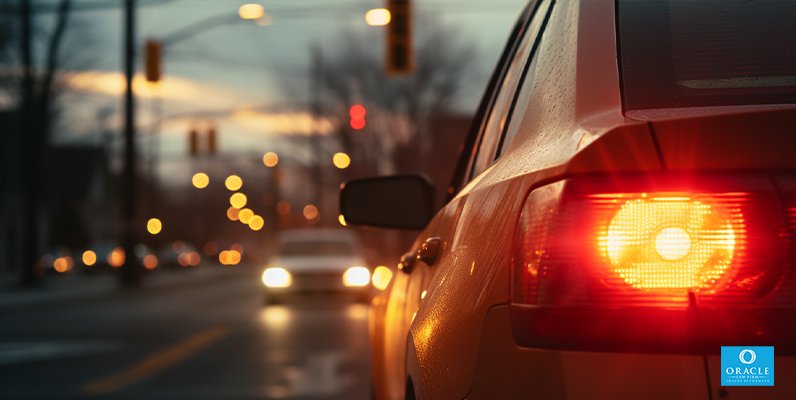
Red light cameras have been demonstrated as a successful instrument in curbing red light violations and associated accidents. These cameras are typically positioned above or near traffic lights at intersections and are activated based on data received from the traffic lights and triggers. When a vehicle enters the intersection after the light has turned red, the camera captures images or video evidence of the violation, which can then be used to enforce traffic laws and issue citations to drivers who violated the red light.
The success of red light cameras in preventing accidents lies in their ability to deter potential red light runners. Knowing that their actions are being monitored and that they may face penalties for running a red light, drivers are more likely to comply with traffic signals and stop at red lights. This, in turn, can lead to a significant reduction in the number of accidents caused by red light running, ultimately improving overall traffic safety.
Yellow Light Timing
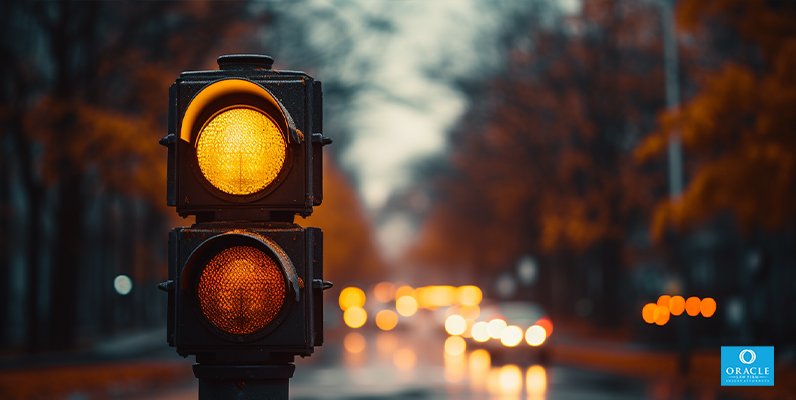
Yellow lights, when timed appropriately, serve an instrumental role in discouraging drivers from running red lights. By providing drivers with enough time to stop safely, yellow light timing can help reduce the risk of accidents associated with red light running. If the duration of the yellow light is too short, drivers may not have sufficient time to safely come to a stop before the light turns red, resulting in them taking risks such as:
- speeding up in an effort to pass through the intersection before the light changes
- slamming on their brakes abruptly, potentially causing a rear-end collision
- making a split-second decision to proceed through the intersection, risking a T-bone collision with cross traffic
Properly timed yellow lights are crucial for maintaining intersection safety and preventing accidents.
Conversely, if the duration of the yellow light is too long, some drivers may interpret it as an extension of the green light and intentionally run the red light. Therefore, it is essential to find the right balance in yellow light timing to encourage safe driving behavior and reduce the risk of accidents. By optimizing yellow light timing, traffic signals can be more effective in preventing red light running and its associated dangers.
Legal Ramifications of Running Red Lights
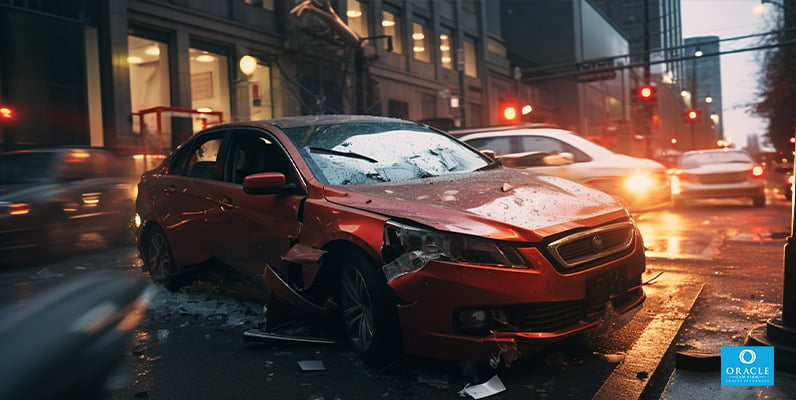
Running a red light carries not only potential dangers but also legal implications. Drivers who run red lights can face:
- Liability for any damages or injuries caused in an accident
- Penalties such as fines
- Points on their driver’s license
- Jail time in some cases
Awareness of the legal repercussions of red light violations and taking measures to avoid such transgressions is imperative for drivers.
In red light running accidents, the motorist who ran the red light is generally considered to be the liable party for the resulting injuries and damages. However, there may be some cases where liability is shared or determined differently. By understanding the legal ramifications of running red lights, drivers can make more informed decisions and prioritize safety on the road.
Liability in Red Light Accidents
When a driver runs a red light and causes an accident, they can be held legally liable for any damages or injuries that occur as a result. This means that the driver who ran the red light may be responsible for covering medical bills, property damage, and other losses experienced by the victims of the accident. Establishing liability in red light accidents can be a complex process, as it often requires gathering evidence, analyzing police reports, and determining fault.
Traffic camera footage can play a pivotal role in ascertaining liability in red light running accidents. It can provide incontrovertible evidence of whether a driver ran a red light or not and help to establish the sequence of events leading up to the accident and ascertain who had the right of way. Ultimately, traffic camera footage is invaluable in determining fault and holding the responsible party accountable.
Penalties for Red Light Violations
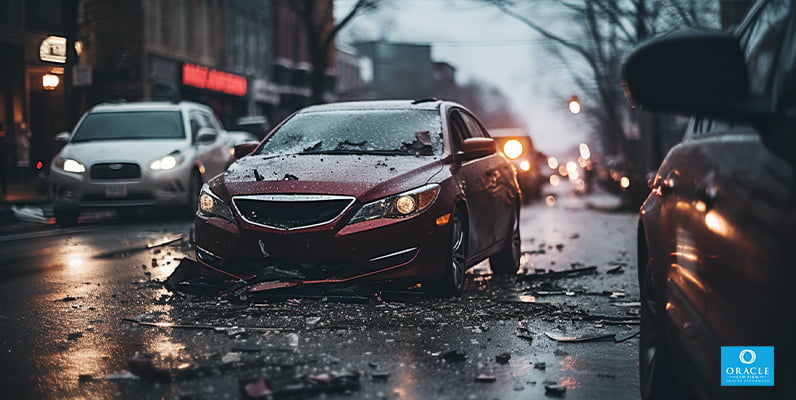
Penalties for red light violations can vary depending on the jurisdiction and the severity of the offense. In general, drivers who run red lights may face fines, points added to their driver’s license, and even jail time in some cases. These penalties serve as a deterrent to red light running and encourage drivers to adhere to traffic signals and prioritize safety on the road.
Drivers should be cognizant of possible penalties for red light violations and the legal procedures required to resolve these infractions. By understanding the consequences of red light running and the potential penalties involved, drivers can make more informed decisions and take steps to avoid this dangerous behavior.
Strategies for Avoiding Red Light Accidents
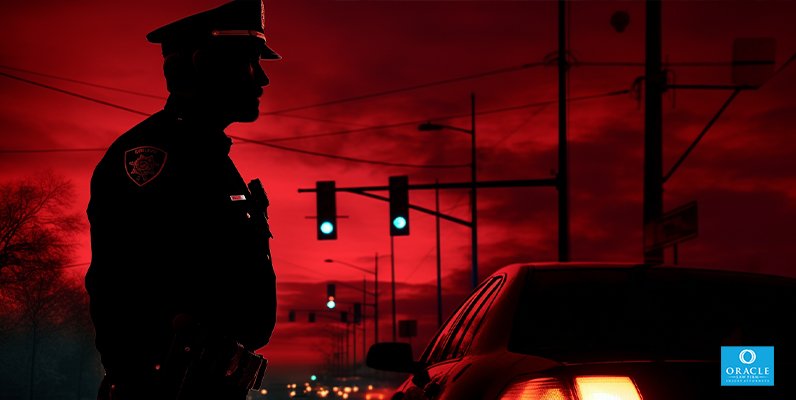
Drivers can implement a variety of strategies to prevent red light accidents and enhance overall traffic safety. Some strategies include:
- Staying alert and focused while driving
- Practicing defensive driving techniques, such as maintaining a safe following distance and anticipating potential hazards
- Being aware of the legal ramifications of running red lights, including fines and potential license suspension
By following these strategies, drivers can reduce the risk of accidents and contribute to a safer driving environment for all road users.
Some specific defensive driving techniques that can prevent red light running include:
- Recognizing the ‘Dilemma Zone’
- Knowing yellow light laws
- Controlling your speed
- Avoiding drowsy or distracted driving
By employing these strategies and prioritizing safety, drivers can significantly reduce the risk of red light accidents and the potentially life-altering consequences that can result from them.
Staying Alert and Focused
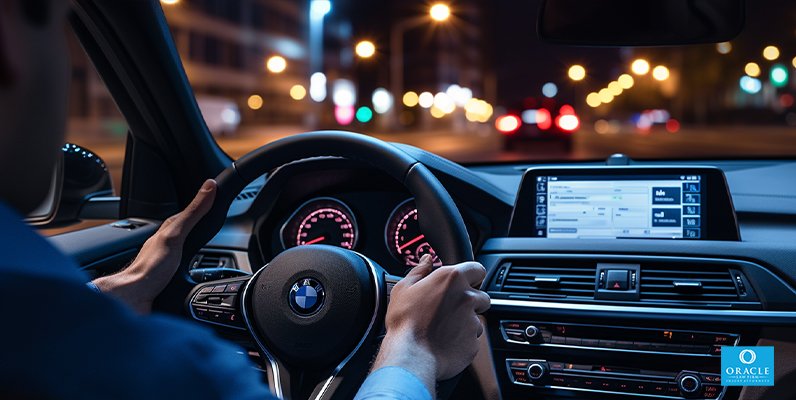
Maintaining focus and awareness of traffic signals and other road occupants is key to averting red light accidents. Drivers who pay careful attention to their surroundings and anticipate potential hazards can significantly reduce their chances of running a red light and causing an accident. By remaining alert, drivers can make better decisions on the road and prioritize safety for themselves and others.
Distracted driving, such as texting or talking on the phone while driving, is a significant contributor to red light running accidents. By minimizing distractions and focusing on the road, drivers can significantly reduce the risk of red light accidents and improve traffic safety for everyone on the road.
Practicing Defensive Driving

Employing defensive driving techniques can aid drivers in preventing red light accidents. Some key techniques include:
- Foreseeing potential risks and hazards on the road
- Keeping a safe distance from the vehicle ahead
- Anticipating the actions of other drivers
- Being aware of traffic signals and road signs
- Avoiding distractions while driving
By being proactive in their driving and consistently focusing on safety, drivers can reduce their chances of running a red light and causing an accident.
Some driving habits that can lead to improved anticipation of potential hazards include:
- Prioritizing safety
- Refraining from relying on other drivers
- Maintaining a moderate speed
- Always being prepared to anticipate potential dangers
By adopting these habits and practicing defensive driving, drivers can significantly reduce the risk of red light accidents and contribute to a safer driving environment for all.
State Measures to Curb Red Light Running

Various measures to check red light violations and enhance overall traffic safety have been instituted by states. These measures often involve traffic enforcement initiatives, such as increased police presence and red light cameras, as well as public awareness campaigns aimed at educating drivers about the dangers of running red lights and encouraging safer driving habits.
By adopting these measures, states can help reduce the prevalence of red light running and create a safer driving environment for all road users. It is essential for drivers to be aware of the state measures in place and to comply with traffic laws in order to contribute to improved traffic safety on our roads.
Traffic Enforcement Initiatives
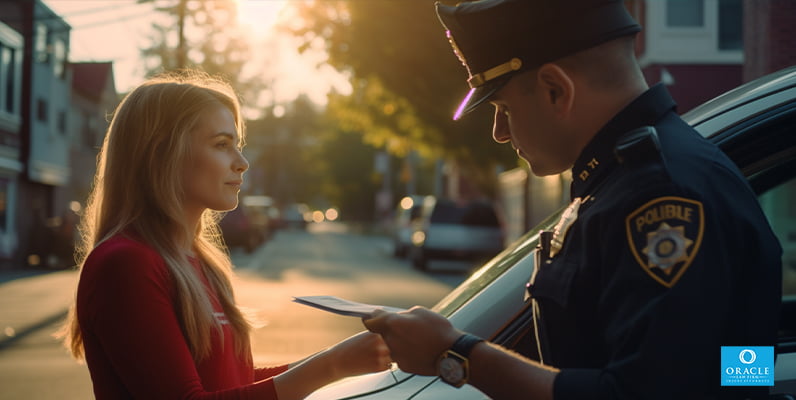
Traffic enforcement initiatives serve a significant function in discouraging red light violations and enhancing overall traffic safety. Increased police presence at intersections serves as a visible and authoritative presence, discouraging potential red light runners and encouraging drivers to adhere to traffic regulations. The potential of receiving a ticket or facing other consequences for running a red light can dissuade individuals from engaging in this hazardous activity.
Red light cameras are another effective traffic enforcement initiative employed to discourage red light running. By capturing images or video evidence of red light violations, these cameras can be used to enforce traffic laws and issue citations to drivers who violated the red light. This, in turn, can lead to a significant reduction in the number of accidents caused by red light running, ultimately improving overall traffic safety.
Public Awareness Campaigns

Through raising awareness of risks, educating drivers, promoting responsible behavior, and transforming attitudes and behaviors, public awareness campaigns significantly reduce the frequency of red light violations. Examples of successful public awareness campaigns include the National Stop on Red Week campaign and the State of California’s multilingual public awareness campaign to tackle traffic violence and reduce speeding.
These campaigns employ various strategies to raise awareness and encourage drivers to obey traffic signals, such as mass media campaigns, public awareness and information campaigns, and targeted messaging. By increasing understanding and promoting safe driving behavior, public awareness campaigns can contribute to a significant reduction in red light running and its associated dangers.
The Role of Accident Attorneys in Red Light Cases
Accident attorneys provide valuable assistance in red light cases, aiding victims through the intricate legal process and safeguarding their rights. An experienced accident attorney can aid in maximizing compensation for victims of red light accidents by collecting evidence and engaging in negotiations with insurance companies. By understanding the legal process and the role of accident attorneys, victims of red light accidents can receive the support and assistance they need to achieve justice and fair compensation.
Accident attorneys are particularly valuable in red light cases due to the often complicated nature of determining fault and liability. Traffic camera footage, police reports, and witness statements all play a significant role in ascertaining which party is responsible for the accident. By hiring an experienced accident attorney, victims of red light accidents can ensure they receive the best possible outcome in their case.
Navigating the Legal Process
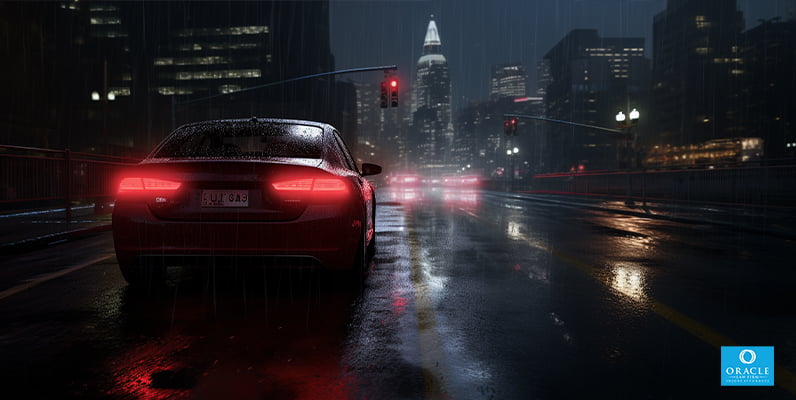
Accident attorneys can guide victims of red light accidents through the complex legal process, ensuring their rights remain protected. Some of the initial steps an accident attorney takes in a red light case involve:
- Ascertaining who was responsible for the accident
- Helping the client file a claim and pursue legal action if required
- Collecting evidence to construct a sound case
- Safeguarding the client’s rights during the legal process
One of the most critical aspects of navigating the legal process in red light cases is negotiating with insurance companies. Accident attorneys engage in multiple rounds of negotiations to reach an agreement on behalf of their clients, providing the necessary compensation for medical bills, lost wages, and other damages. By working with an experienced accident attorney, victims of red light accidents can ensure they receive the compensation they deserve.
Maximizing Compensation

By gathering evidence and negotiating with insurance companies, an experienced accident attorney can aid victims of red light accidents in obtaining maximum compensation. This includes conducting investigations, calculating damages, and advocating for the victim’s rights to ensure they receive the compensation they deserve.
Factors to consider when determining the compensation amount in red light accident cases include:
- Proof of liability
- Location of the accident
- Injuries sustained
- Emotional and psychological impact
- Quality and quantity of evidence provided
By working with an experienced accident attorney, victims of red light accidents can ensure they receive the best possible outcome in their case and achieve the compensation they deserve.
Summary
Running red lights is a dangerous and potentially life-altering habit that poses significant risks to all road users. By understanding the risks, legal ramifications, and strategies for avoiding red light accidents, drivers can contribute to a safer driving environment for everyone. It is crucial for all drivers to prioritize safety and adhere to traffic laws, as doing so can significantly reduce accidents and save lives.
Frequently Asked Questions
Is running red lights dangerous?
Running red lights is extremely dangerous, with statistics showing that it leads to 800 deaths and 200,000 injuries per year. Moreover, over 1,000 injury crashes occur at signalized intersections daily, resulting in the injury of pedestrians, passengers, other motorists, and cyclists.
Why do people keep running red lights?
Drivers often run red lights out of impatience or due to distractions, such as smartphones and eating while driving. Many motorists try to “beat the yellow” and misjudge the timing before the light turns red. Inattentive driving is one of the main reasons people inadvertently run red lights.
What is true about running red lights?
Running red lights is incredibly dangerous and can be fatal. It can also earn you a hefty fine, as well as contribute to the hundreds of deaths and tens of thousands of injuries caused annually by red light running. Never attempt to cross an intersection if the light is red.
What percent of urban crashes are caused by running red lights?
Running red lights is the most frequent cause of urban crashes, accounting for 24 percent of all urban crashes related to running traffic controls.
What are the main factors contributing to red light running?
Impatience, misjudgment of the yellow light length, speeding, and disregard for traffic laws are some of the main contributors to red light running.


